13 Skincare Switch-Ups for Cooler Weather
When the weather turns cooler, your skin often needs a little extra care. The products that worked well in the summer may not give you the same results once the air gets drier and temperatures drop. Making a few simple changes can keep your skin comfortable, hydrated, and healthy through the season.
This post may contain affiliate links, which helps keep this content free. Please read our disclosure for more info.
Swap Lightweight Gels for Creamier Moisturizers
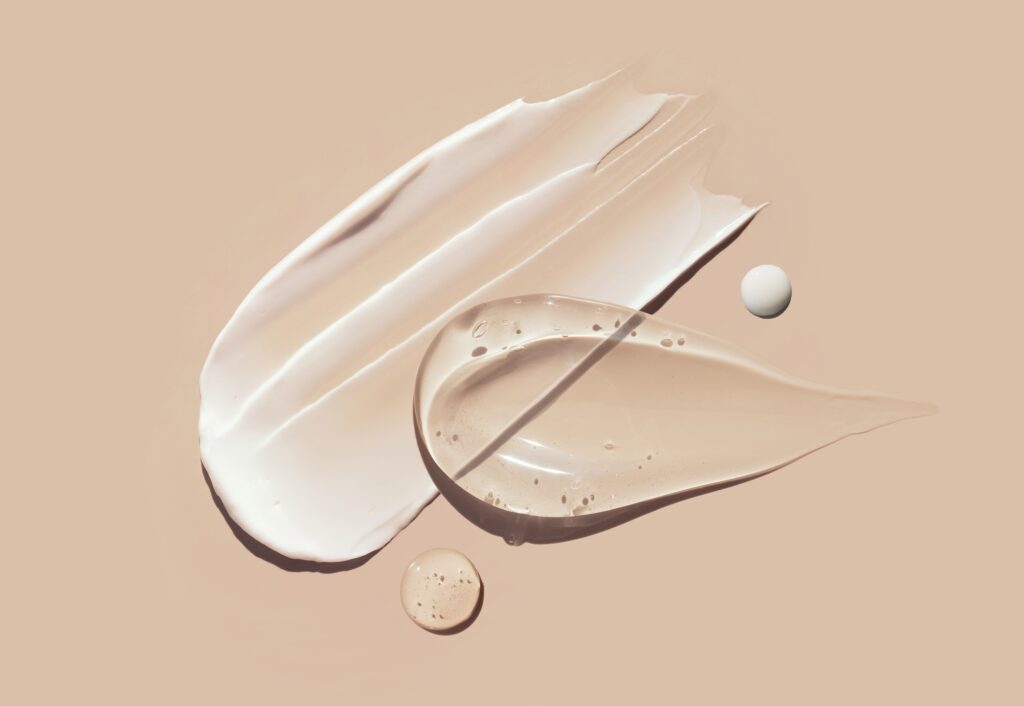
When the air gets drier, lightweight gels don’t always provide enough hydration. Creamy moisturizers have a thicker texture that creates a barrier on the skin, locking in water and preventing moisture loss. They’re especially helpful for those with dry patches that tend to show up during colder months.
Look for creams with ingredients like ceramides, shea butter, or squalane. These not only hydrate but also help repair the skin barrier. Applying them while your skin is slightly damp can make them even more effective.
Introduce a Hydrating Toner or Essence
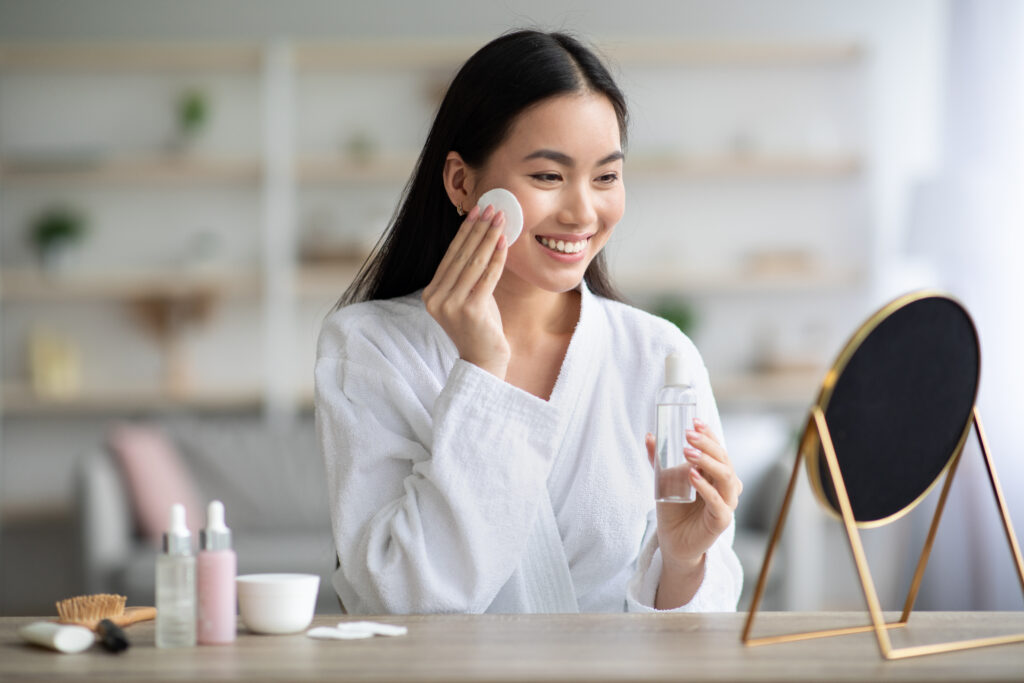
A hydrating toner or essence can give your skin a much-needed boost of moisture before other products. These lightweight formulas soak into the skin quickly, prepping it for serums and creams. They can make your whole routine feel more comfortable in chilly weather.
Choose toners or essences with hyaluronic acid, glycerin, or aloe vera. Patting them in with your hands instead of using a cotton pad can help you get the most out of the formula. Using them morning and night can keep your skin feeling plump and refreshed.
Use a Gentle Cream Cleanser Instead of Foaming
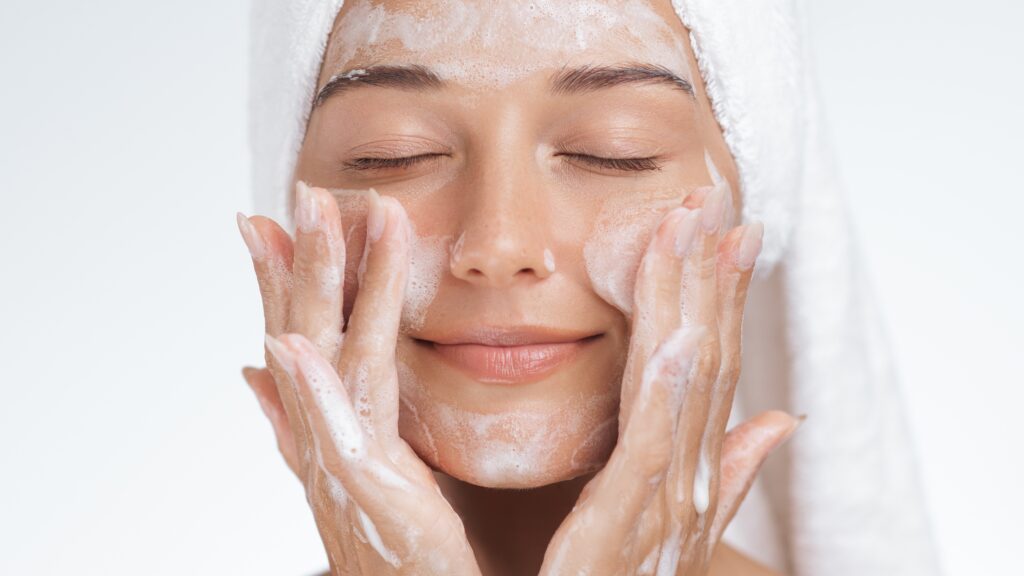
Foaming cleansers often strip the skin, especially when the air is already drying things out. A cream or oil-based cleanser is much gentler and leaves your face feeling soft instead of tight. It also helps keep your natural oils intact, which is key during colder months.
If you wear makeup, an oil cleanser can break it down without irritation. Following up with a cream cleanser gives you a thorough clean while still being kind to your skin barrier. This simple switch can make a noticeable difference in how your skin feels.
Add a Nourishing Face Oil

Face oils can be a great way to lock in moisture when temperatures drop. Just a few drops can go a long way in keeping your skin from feeling rough or flaky. They’re especially helpful when layered over creams or serums.
Look for oils like jojoba, rosehip, or argan since they absorb easily and don’t leave a heavy finish. You can use them at night or even mix a drop into your daytime moisturizer. Over time, they can help balance dryness and give your skin a softer feel.
Layer a Richer Night Cream
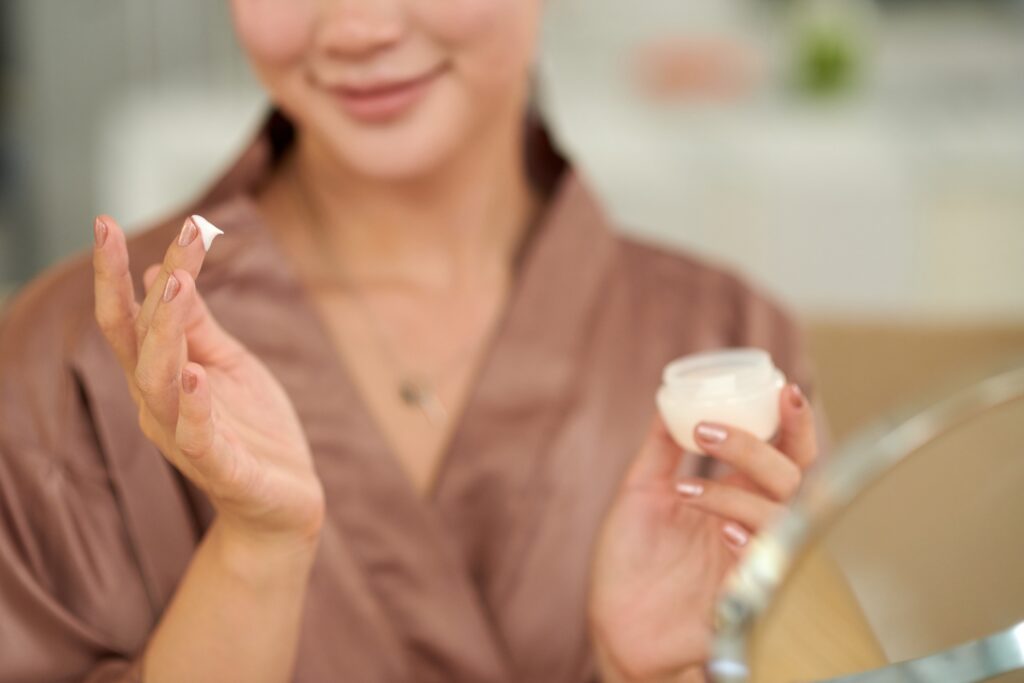
At night, your skin works to repair itself, and giving it extra nourishment helps the process. A richer night cream can provide long-lasting hydration and comfort while you sleep. The thicker texture can also protect against overnight moisture loss.
Creams with ceramides, peptides, or shea butter are excellent choices for this season. Applying one after your serum locks in all the hydration you’ve added to your skin. Waking up with smoother, calmer skin makes mornings feel a lot easier.
Switch to a Hydrating Serum
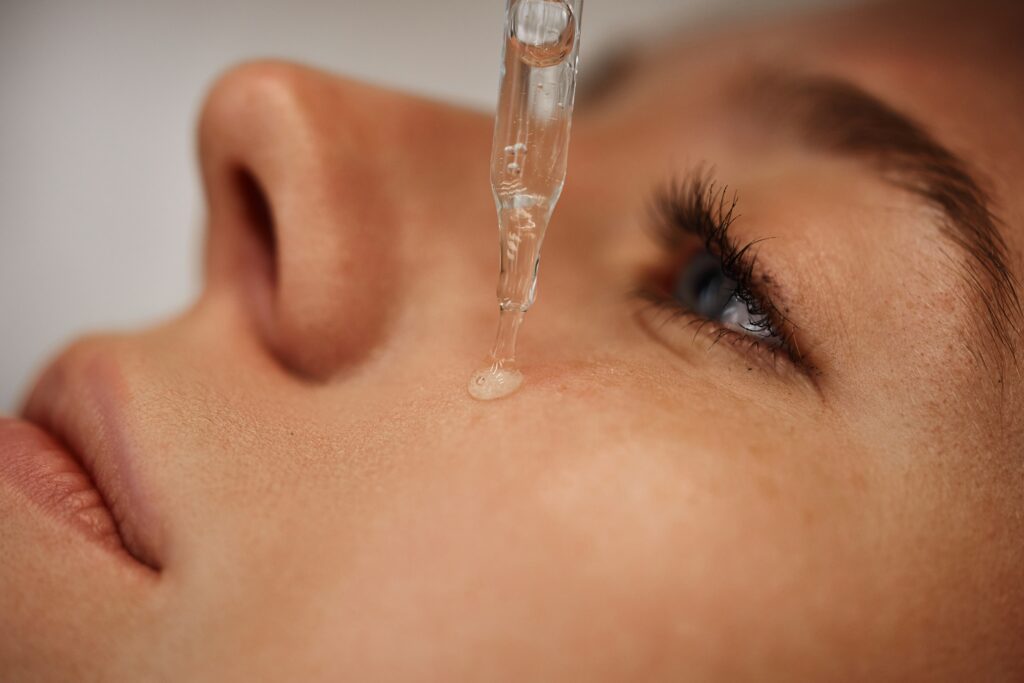
Summer often calls for lightweight formulas, but autumn and winter bring the need for something more. Hydrating serums packed with hyaluronic acid or panthenol pull water into the skin, leaving it plumper and more comfortable. They can be layered easily under any moisturizer.
Applying a serum right after toner can help trap in every bit of hydration. Using it both day and night ensures your skin gets consistent moisture. Even oily skin types can benefit from this change since hydration doesn’t mean greasiness.
Exfoliate Less Frequently
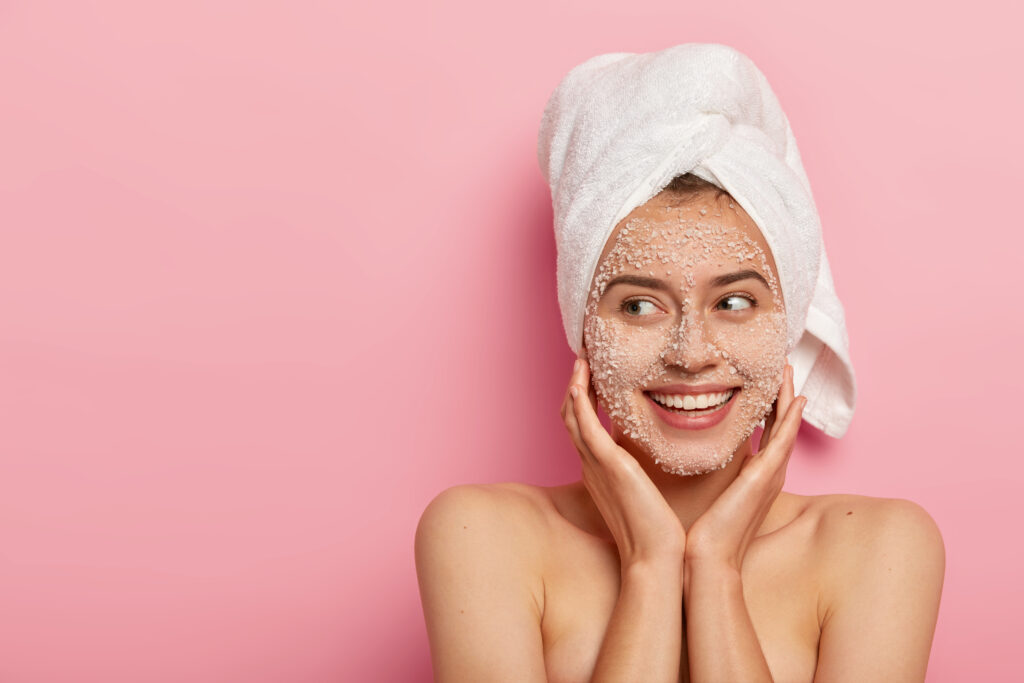
Too much exfoliation can strip the skin, and colder weather makes this even riskier. Cutting back on scrubs and strong acids allows your skin barrier to stay intact. This helps prevent irritation, redness, or flaky patches from getting worse.
You don’t need to stop exfoliating entirely, just reduce the frequency. Using something gentle once or twice a week is often enough. Pairing exfoliation with soothing ingredients like niacinamide can make the process less harsh.
Don’t Ditch SPF
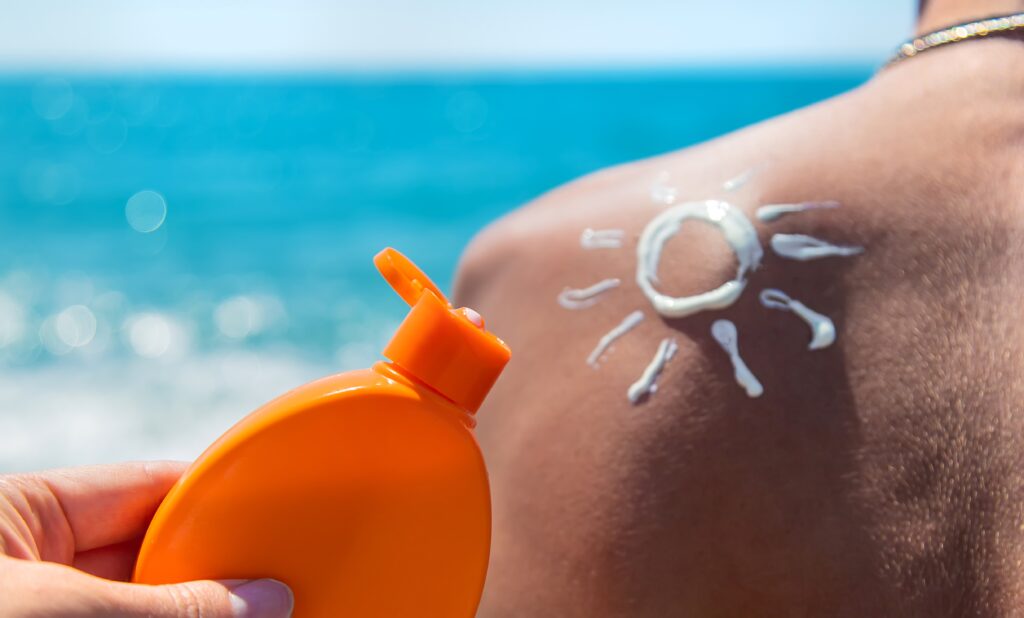
It’s tempting to skip sunscreen once summer ends, but UV rays don’t disappear with cooler weather. Even cloudy days can expose your skin to damage. Sticking with SPF year-round helps prevent premature signs of aging and other concerns.
Instead of a lightweight gel sunscreen, switch to a creamier one that adds hydration. Moisturizing SPF formulas can replace or layer with your day cream. This keeps your routine simple while still giving protection.
Use Lip Treatments
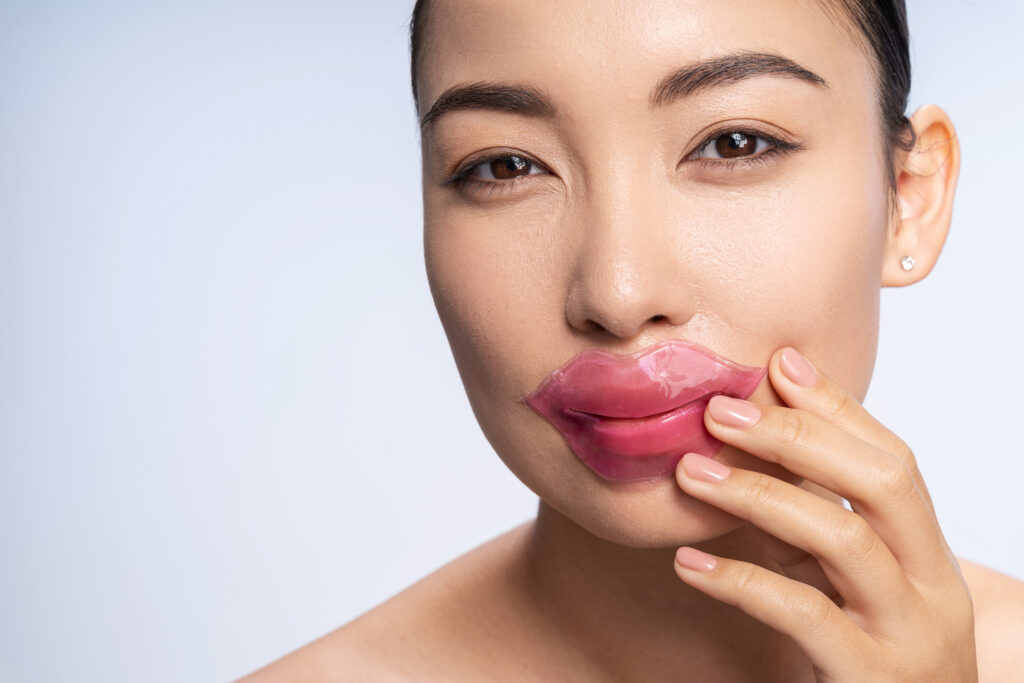
Chapped lips are one of the first signs of colder weather. Regular balms may not cut it, so a thicker formula or overnight lip mask is worth adding. These seal in moisture and keep your lips from cracking.
Ingredients like lanolin, shea butter, and beeswax work especially well. Applying before bed gives your lips time to recover overnight. During the day, reapplying as needed prevents dryness from setting in.
Hydrate Hands and Cuticles

Hands are constantly exposed to cold air, making them prone to dryness. A rich hand cream can soothe rough patches and protect against cracking. Cuticle oil adds another layer of care, keeping nails and surrounding skin in better shape.
Carrying a small tube of cream in your bag makes it easy to reapply throughout the day. Using it after washing your hands is especially helpful. At night, a thicker layer can be applied and covered with cotton gloves for an intensive treatment.
Try a Humidifier
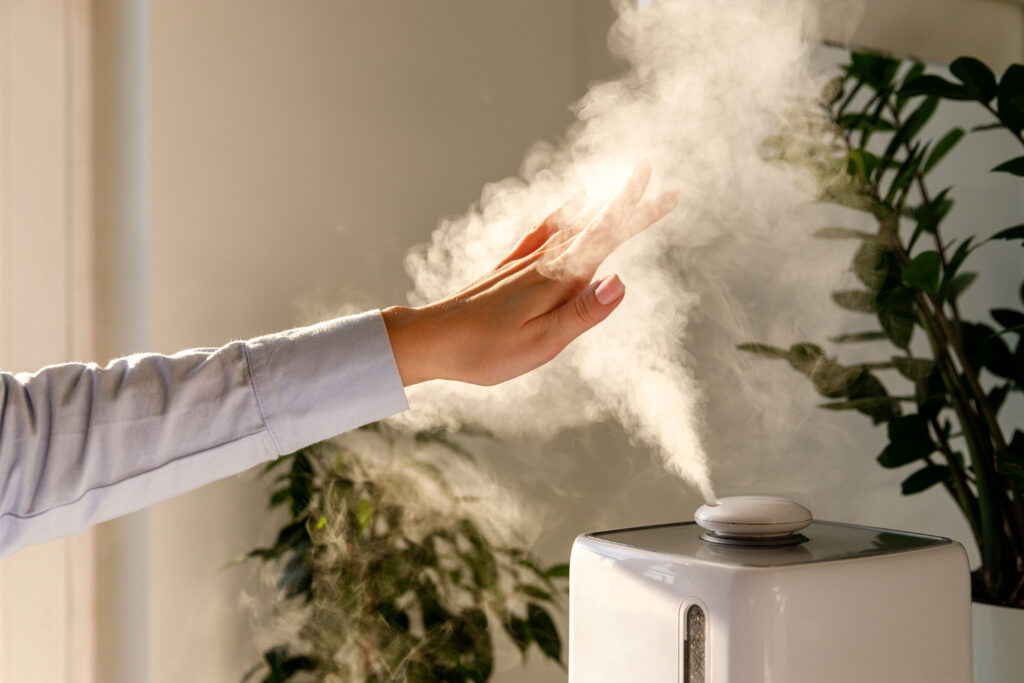
Indoor heating makes the air even drier, which can take a toll on your skin. A humidifier helps by putting moisture back into your living space. This makes it easier for your skin to stay hydrated without needing to work as hard.
Running one at night while you sleep can make a noticeable difference. It’s particularly useful for those who wake up with tight or itchy skin. Pairing this with your usual routine creates a more comfortable environment overall.
Add Body Oils or Butters
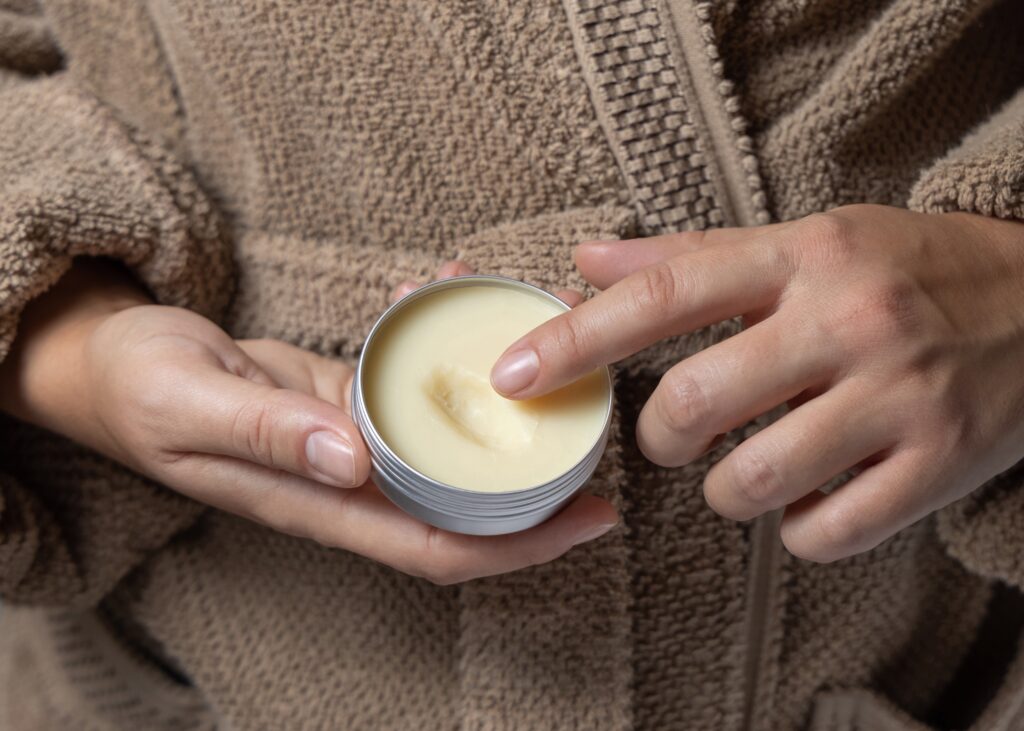
Your face isn’t the only area that suffers when it’s cold. Skin on the body can get flaky, itchy, or rough without proper care. Rich body butters or oils sink in deeply, soothing these issues and keeping skin soft.
Shea butter, cocoa butter, and almond oil are popular options. Applying them right after a shower helps seal in moisture. Keeping a jar or bottle in your bathroom makes it easier to stay consistent.
Switch to Lukewarm Showers

Hot showers might feel soothing, but they strip away natural oils quickly. Switching to lukewarm water is kinder to your skin barrier. It helps reduce dryness and keeps your body care products more effective afterward.
Keeping showers shorter also prevents unnecessary dehydration. Following up with body lotion or oil immediately after stepping out locks in hydration. Over time, this small habit makes a noticeable difference in skin comfort.
This article originally appeared on Avocadu.
